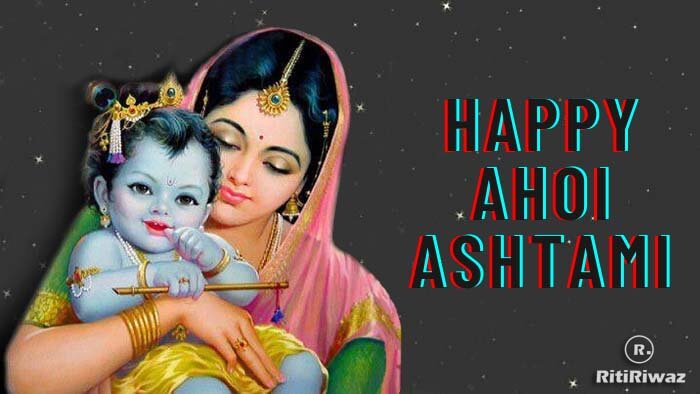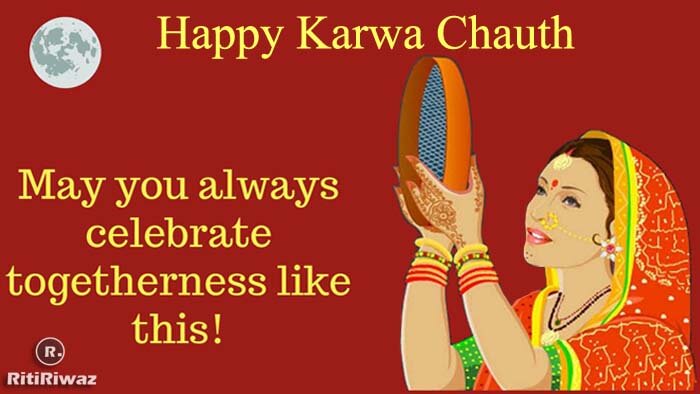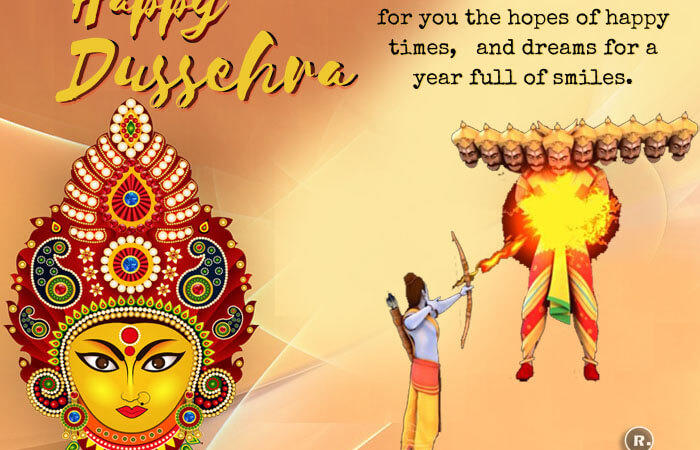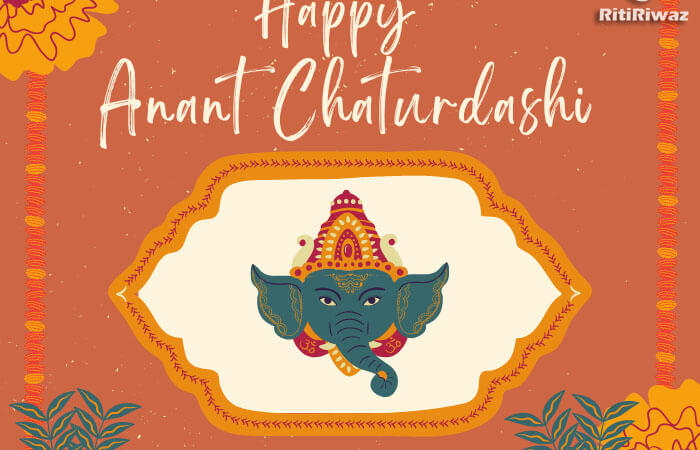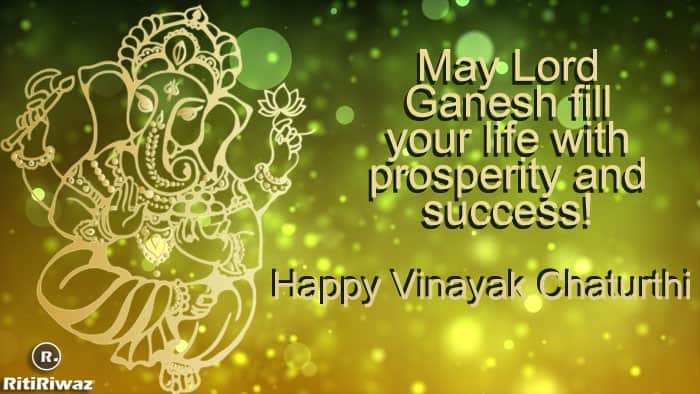Significance of Holi
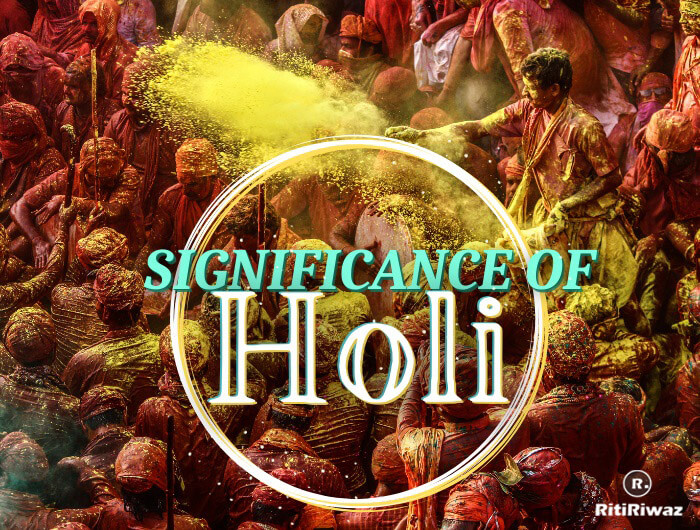
Holi the festival of colors if one of the largest festivals in India. Holi announces the arrival of spring and the passing of winter, and that’s part of what the celebration is all about. People bury their hatchets and entire neighborhoods and towns come together on Holi. They splash and smear each other with colored powder, and water, all in good humor.
Traditionally, the Holi festival is celebrated for two days. It is celebrated on Purnima (Full Moon day) falling in the Hindu calendar month of Phalguna as Holika Dahan or Choti Holi and the following day is Dulhandi, Rangwali Holi. Colors have been an integral part of our lives, they bring joy, peace, inspiration and so many other positive contributions. We never realize the deeper significance of colors in our life.
Holi is the festival of love or colors that signifies the victory of superior over immoral. The significance of the Holi festival has many facets attached to it like Mythological Significance, Cultural Significance, and Social Significance. This festival includes love, youth, cultural music and dance, color, harmony, sweetness, and all these things.
The Significance of Burning the Holika
On the eve of Holi, a Holika bonfire is lit to remind us of the victory of good over evil, they do Holi Puja for the well-being of their family and the whole of humanity. It is believed that the worship of Holi brings happiness and prosperity in life by removing many kinds of obstacles.
There was once a demon king by the name of Hiranyakashyap who won over the kingdom of earth. He was so egoistic that he commanded everybody in his kingdom to worship only him. But his son, Prahlad became an ardent devotee of Lord Vishnu and refused to worship his father. Hiranyakashyap tried several ways to kill his son but Lord Vishnu saved him every time.
Finally, he asked his sister, Holika to enter a blazing fire with Prahlad in her lap as he knew that Holika had a boon, whereby, she could enter the fire unscathed. Holika was not aware that the boon worked only when she entered the fire alone. Prahlad, who kept chanting the name of Lord Vishnu all this while, came out unharmed, as the Lord blessed him for his extreme devotion.
This moon on which the Indian festival of Holi is celebrated symbolizes the end of evil, hatred, arrogance, pride, ego, and more. Harness the energy of the Full Moon and visit your inner world to connect with your feelings and emotions. Decipher these to reveal what is not serving you anymore. Initiate your journey of letting go towards finding inner harmony and peace.
Mythological Significance of Holi
Mythological Significance Holi gets us close to our religion and our mythology as it is essentially the celebration of various legends associated with the festival. There are many myths associated with Holi, mostly involving Lord Vishnu and Krishna. Mathura, Vrindavan, and Barsana celebrate the festival enthusiastically as the region is considered sacred. Lathmar Holi in Barsana is famous for its unique rituals. In which women kill men with sticks while they shield themselves.
There is a hidden message which our ancestors, who have lived on the planet long ago, wanted to communicate to us when they started celebrating this festival.
Legend of Krishna
Young Krishna is known to be very playful and mischievous. The story goes that as a child, Krishna was extremely jealous of Radha’s fair complexion since he himself was very dark. One day, Krishna complained to his mother Yashoda. To pacify the crying young Krishna, the doting mother asked him to go and color Radha’s face in whichever color he wanted.
Legend of Pootana
A legend says that there was an Ogress known as Pootana. Lord Krishna’s devil uncle Kansa sought the help of Pootana to kill infant Krishna by feeding him poisonous milk. Pootana disguised herself as a simple and pious woman and treacherously fed baby Krishna with her poisoned breast. Lord Krishna, however, sucked her blood which revealed the monster behind that pious woman, and laid her to death.
On the night before Holi, there is a practice to burn an effigy of Pootana – the Ogress who nearly killed Lord Krishna. The tradition is symbolic of the victory of divinity over demonic forces. It also shows the end of winter and darkness – as typified by Pootana.
The legend of Kamadeva
The legend has it that when Lord Shiva’s consort Sati committed herself to fire due to the disgrace shown by her father Daksha to Shiva, Lord Shiva became extremely sad. He renounced his worldly duties and went into deep meditation. Meanwhile, Parvati started meditating to acquire Shiva as her husband. Moreover, since Shiva was least interested in the affairs of the world complications began to generate in matters of the world which made all the gods concerned and afraid.
The gods then sought the help of Lord Kamadeva, the god of love and passion to bring Shiva back to his original self. As planned Kaama shot his love arrow on Shiva while he was in meditation. This made Shiva extremely angry and he opened his third eye – reducing Kamadeva to ashes. However, Kamadeva’s arrow had its effect and Lord Shiva married Parvati.
Suggested Read: Best Places To Celebrate Holi
The spiritual significance of Holi
The Spiritual Significance of celebrating Holi is a simple reminder that all colors are found within us and we need to awaken them, making them shine at their brightest. This is what will eventually guide us to our true selves. It also enlightens us that the Lord always protects the devotees that truly surrender unto him. This festival is also celebrated during a time when people expect a good harvest due to the spring season giving them a chance to rejoice in thanking the Lord for his benedictions.
Festivals are founders of Love and Joy, friends are the real ones to make this day a great memory. People celebrate Holi by throwing balloons and colors on one another, gorging on delicacies, and remembering the inspiring story of Prahlada.
Cultural Significance of Holi
Holi is culturally significant, as it helps bring the Hindu and non-Hindu societies together. If you know the reasons why Holi is celebrated, you know that it is means making friends, not enemies. It also means having a positive outlook despite the hardship. The day means that there is no class differentiation. There is are no rich and poor people and everyone celebrates the day with the spirit of brotherhood.
The legend of Hiranyakashyap and Prahlad also points to the fact that extreme devotion to god pays as god always takes his true devotee in his shelter. These legends help people to follow good conduct and being truthful and honest and also fight away evil. Holi celebrates the arrival of spring, the end of winter, the blossoming of love, and for many it’s a festive day to meet others, play and laugh, forget and forgive, and repair broken relationships.
Social Significance of Holi
The color, noise, and entertainment that accompanies the celebration of Holi bear witness to a feeling of oneness and a sense of brotherhood. The festival brings home the lesson of spiritual and social harmony. There is additionally social significance since on this day any individuals set aside it as the opportunity to pardon, pay and excuse obligations. It is the beginning of the spring season which is a time of euphoria and thanksgiving for harvests.
Holi is a day to catch up for lost time with loved ones and to invest some quality energy with them. It is utilized to repair connections since it is a day set apart to introduce new and better days.
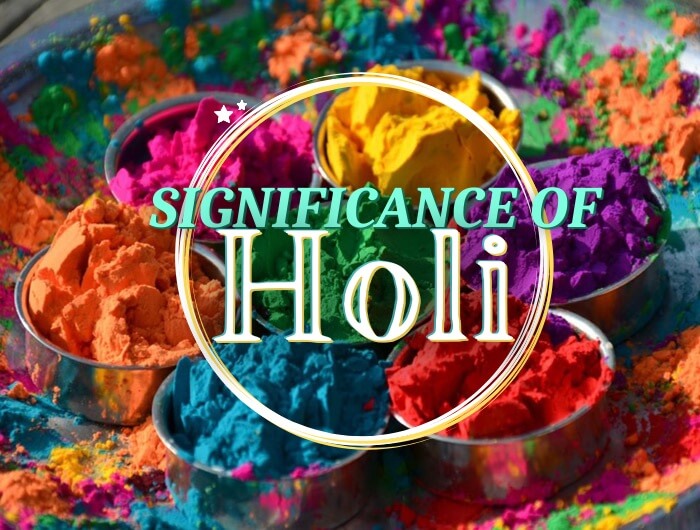
Biological Significance of Holi
The Festival of Holi is significant for our lives and body in many ways providing joy and fun. Holi comes at a time when people tend to feel lazy and sleepy, due to changing weather from cold to warm. The colors have a great impact on our body and our health, the liquid dye is believed to enter the human body’s pores strengthen the body’s ions and make the body healthier.
Western-Physicians and doctors believe that for a healthy body, colors have an important place besides the other vital elements. Deficiency of a particular color in our body causes ailment, which can be cured only after supplementing the body with that particular color.
Spring is the time for bacterial growth and burning Holika increases the temperature of surrounding areas and kills the bacteria. People also clean up their houses on Holi which helps in clearing up the dust and mess in the house and getting rid of mosquitoes and other pests. A clean house generally makes the residents feel good and generate positive energies.
Holi 2024 – Holi Messages, Wishes, Sms, Images and Facebook Greetings

